I just watched the WWDC video #216, "Building Adaptive UI with UIKit."
At about 45:10 Tony Ricciardi talks about changes to IB in Xcode 6 to support the new changes.
He says "You can deploy these documents backwards to older versions of iOS".
(where "These documents" presumably means XIBs and storyboards that have specific settings for different size classes.)
I'm not making this up. Go watch the WWDC video.
How is that possible? Trait collections and size classes are only defined in iOS 8. How can runtime behavior that's dependent on UI constructs that are new to iOS 8 work in previous iOS versions?
If it is possible it would be wonderful. You could build apps that will run on iOS 6, 7, and 8, and take advantage of the new flexible UI layout abilities that Apple has added to Xcode 6. I've created adaptive UI logic myself in code, and it's quite a bit of work.

